Chalk paints are specially mixed paint that lends a chalky, matte-like appearance to the surfaces it is painted on. One of the places where chalk paint can be used is on kitchen cabinets. This is because chalk paints give kitchen cabinet surfaces a rustic, vintage feel to them. If you're planning to re-paint your cabinets with this type of paint, you might be wondering how to seal them to make them last longer.
How to seal your chalk-painted kitchen cabinets:
- Brush or wipe down your surfaces to remove accumulated dust.
- Apply your wax with a brush or a lint-free cloth. Work in sections to ensure that your entire surface has been waxed.
- Remove any excess wax with a lint-free cloth as you continue working.
- Leave out to dry. Curing time may take up to two weeks.
- For a glossy finish, you can buff your surface with a rag or polishing cloth by rubbing it in circular motions. You can do this a day after applying your wax.
Using a wax sealant for your chalk paints gives it a matte, vintage feeling to your painted surface without compromising the color. There are multiple ways to seal chalk paints, and if you'd like to learn more, do read on as we discuss other methods you can try.
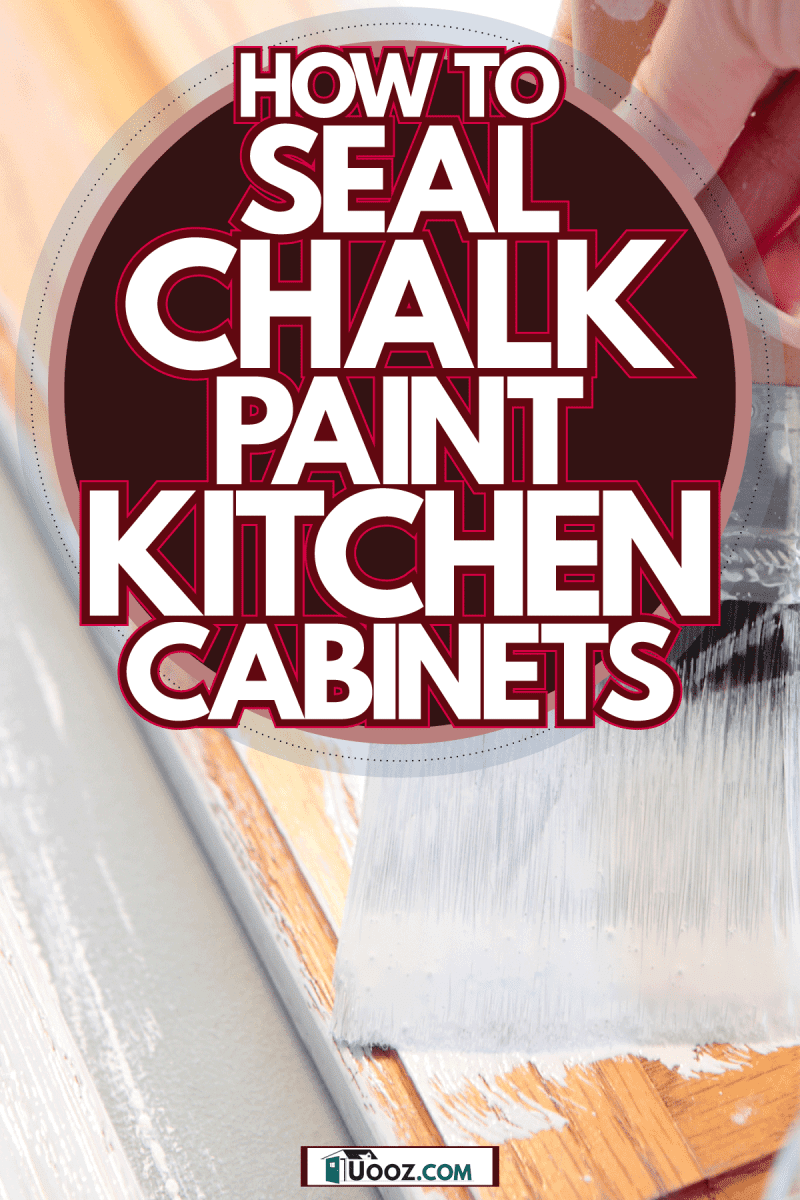
Sealing Your Chalk Paint Cabinets
Over the last few years, chalk paints created by the popular paint brand Annie Sloan, have been a popular choice for many interior designs because of their unique finish. The matte, chalky finish provides that rustic, well-worn, vintage feel that is hard to re-create using ordinary water-based paints.
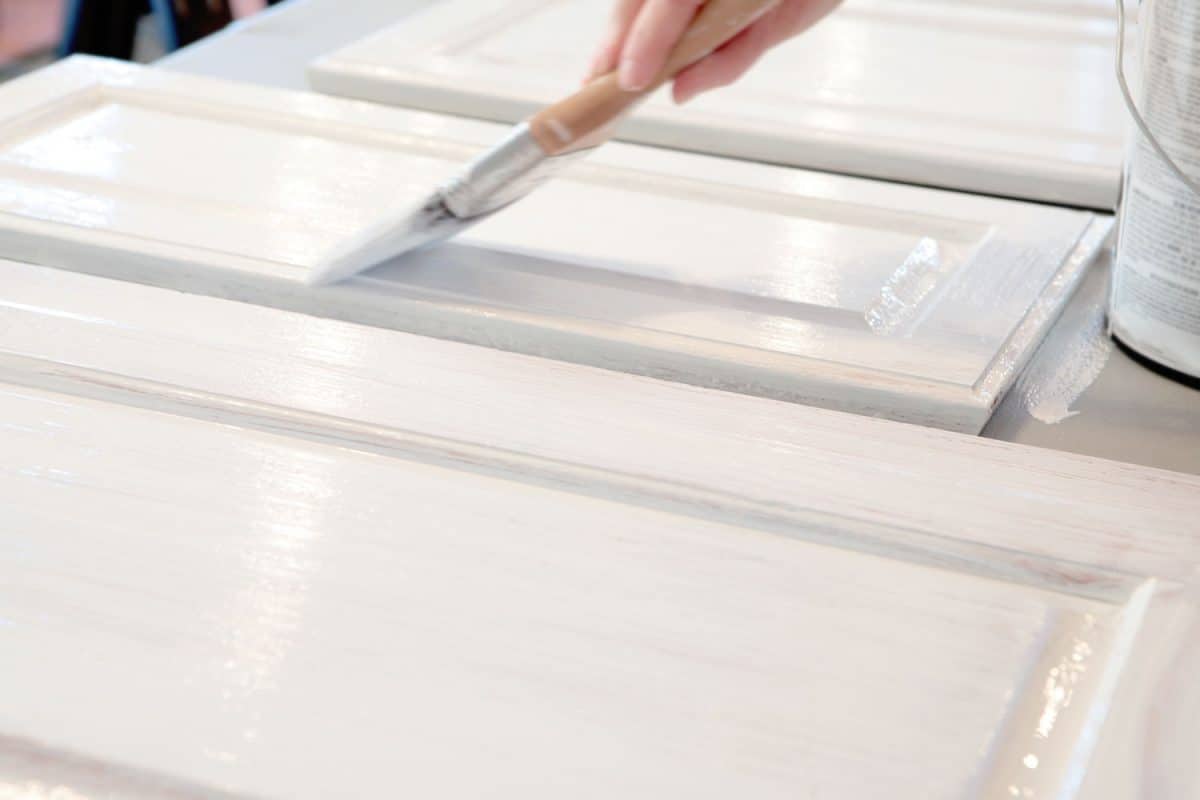
Painting your kitchen cabinets with chalk paint will give it a soft look that would look beautiful in rustic-designed spaces. However, because of its tendency to scratch or chip off due to wear and tear, chalk paints are best coated with a layer of wax sealant to make them last longer.
Sometimes, you may also want to use a different topcoat on your surface to make the finish more durable. We have included the instructions on how to use both sealants, and here are the steps on how to do it:
How to Seal Chalk Paint Kitchen Cabinets
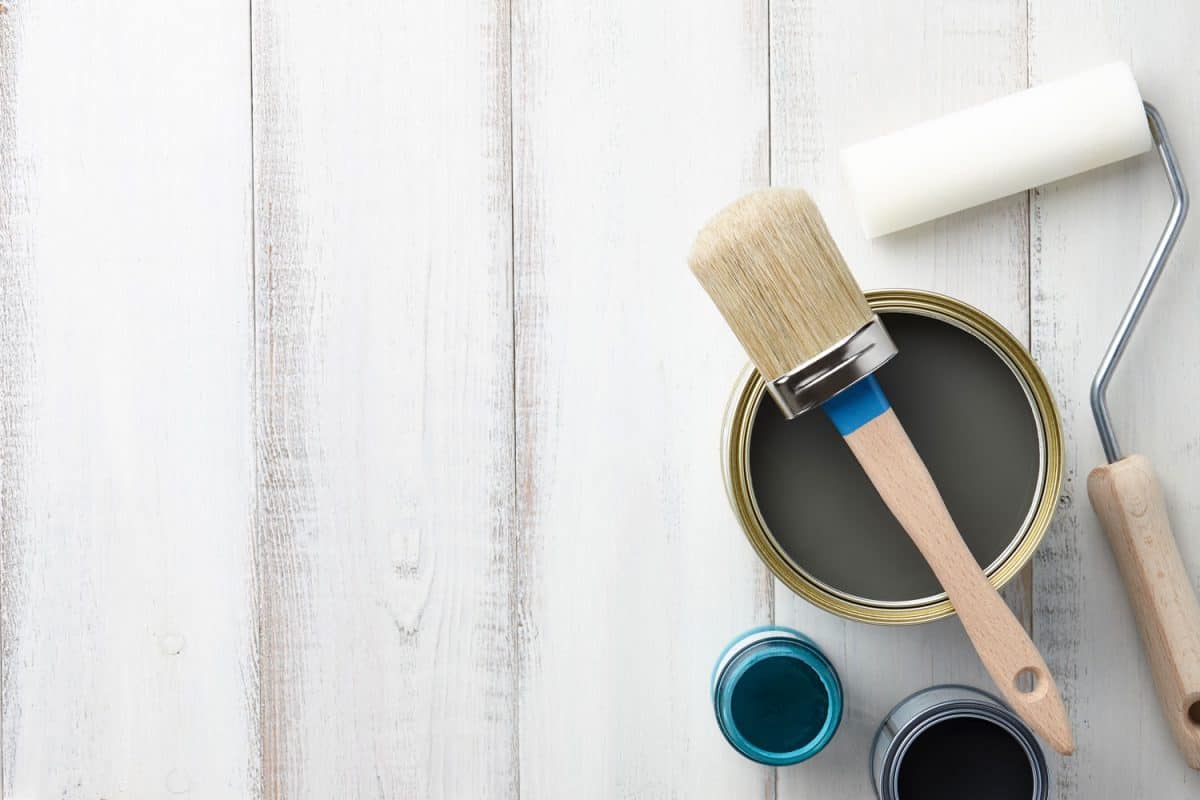
1. Brush down the surface
Brush or wipe down your painted surface with a dry, lint-free cloth to remove any excess dust on it. This will ensure that your wax sealant will go smoothly on the chalk paint's surface.
2. Apply the clear wax coat
Start applying the clear wax coat using a brush or a lint-free cloth. It depends on whatever you're comfortable working with, but special brushes with pointed tips are available to use for this purpose because it makes putting the wax coat easier on crevices and corners.
Work in sections when applying your wax coat and move your brush in all directions to ensure that you've covered all the painted areas.
3. Remove excess wax
During your wax coat application, some wax may accumulate in certain areas. Make sure to remove the excess wax using a lint-free cloth to avoid having uneven patches of wax sealant on your painted surface.
4. Leave to dry and cure
Leave your painted project to dry. Technically, you should be able to use your cabinets as soon as the wax is touch dry, but the full curing time of this wax sealant usually takes up to two weeks. Until such time, it would be best if you are gentle with your surfaces to prevent them from getting damaged quickly.
5. Buff your newly sealed surface
If you'd like your surface to have a slight, glossy sheen, you can do this optional step. Buff the newly coated surface a day after the wax application with a soft rag. Use wide, circular motions to buff the surface in order to get that glossy sheen you are aiming for.
Get this clear sealing wax on Amazon.
How to Seal Chalk Paint with Polycrylic Topcoat
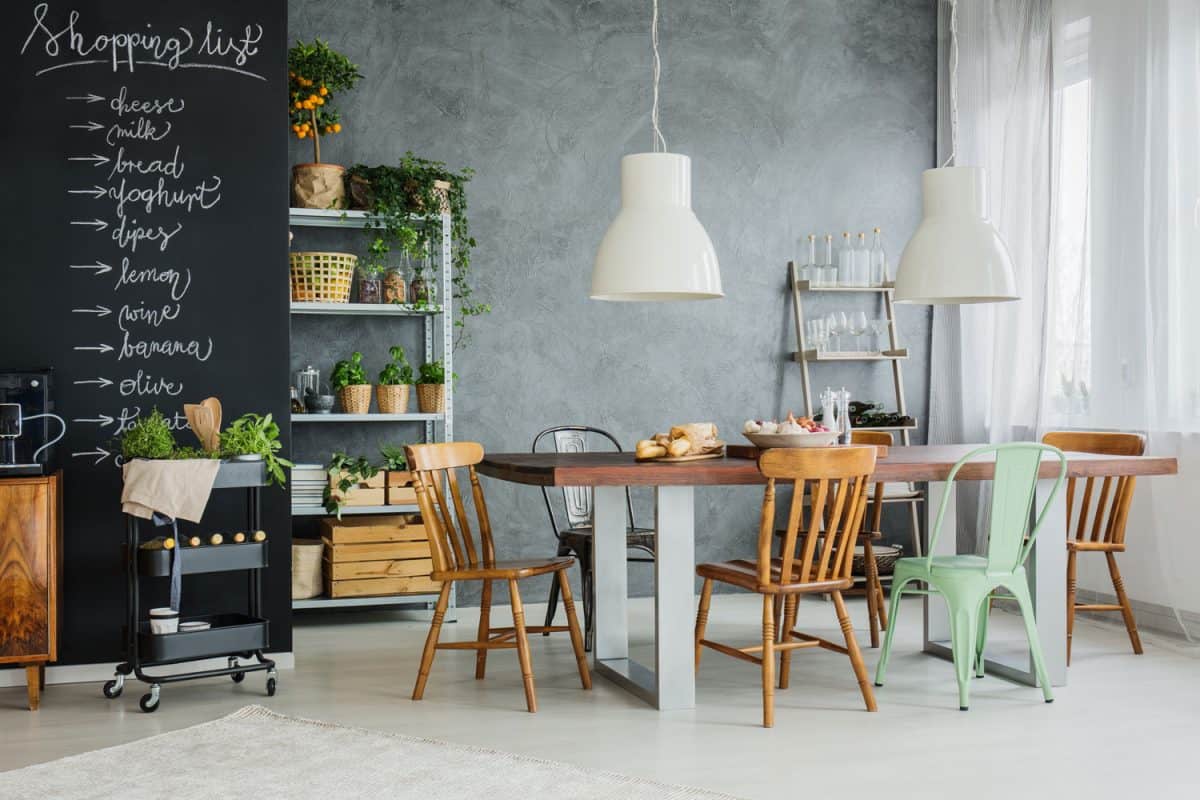
1. Stir your polycrylic topcoat well
When using a polycrylic topcoat, make sure to stir it well to prevent any pigments that may have settled on the bottom of the can.
2. Apply a thin coat of topcoat
Using a brush or a roller, apply a thin layer of polycrylic topcoat. Make sure to work in sections and that you have covered all the painted areas with the topcoat.
3. Allow to dry
Let your surface try for about 1-2 hours, or until it is touch dry. This is to allow the topcoat to adhere well to your painted surface.
4. Add a second topcoat
For a more durable paint job, apply a second layer of clear topcoat on your surface. This will ensure that your paint will not chip or crack, and it will also make your paint job better for high-traffic areas like the kitchen.
5. Allow to dry and cure for the final time
Let your surface dry for about one to two hours, or until touch dry. The curing time for polycrylic topcoats may depend on the relative temperature and humidity of your area, and this may last up to about two weeks. During this time, it is important to use your freshly sealed surface with gentleness and care in order to prevent it from chipping.
Get this polycrylic topcoat on Amazon.
What Are The Pros and Cons of Using Chalk Paint?
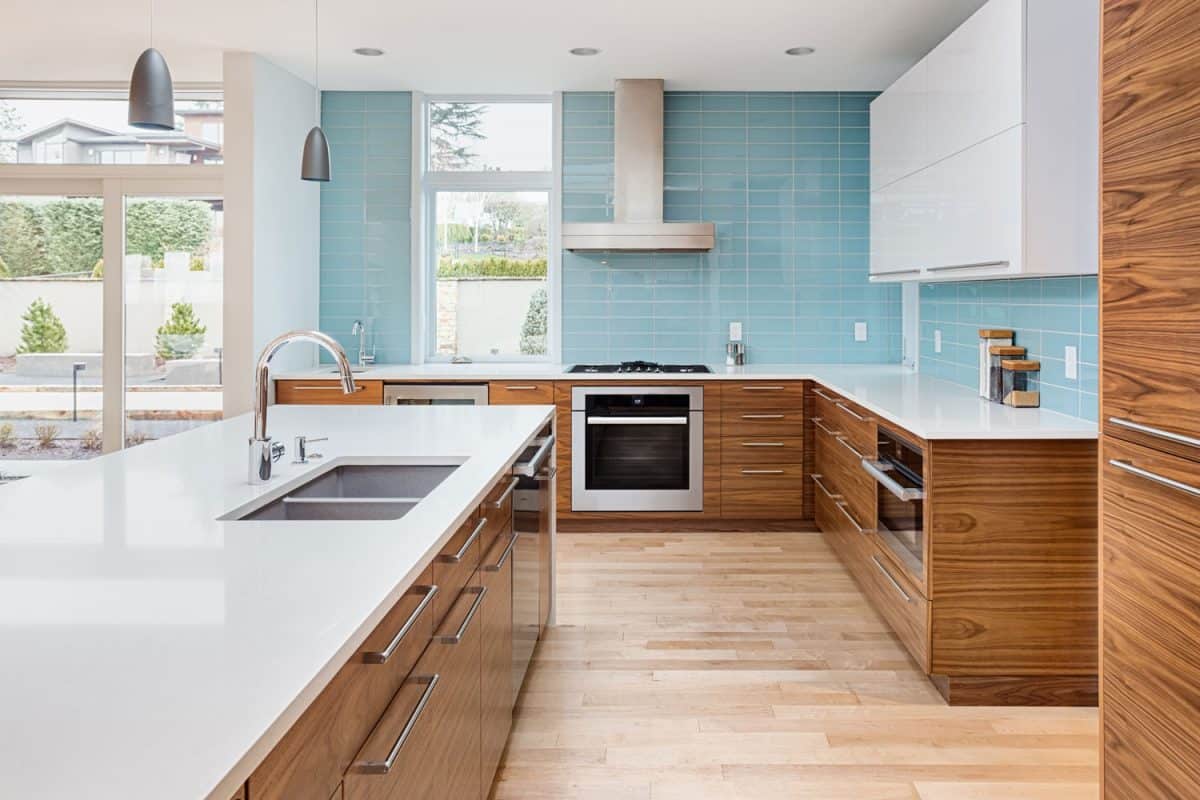
With chalk paint being a popular choice for many interior designers and homeowners, you might be wondering if there are any pros and cons to this type of paint. For one, chalk paint looks amazing on surfaces when applied correctly, but there are certain caveats that might be of concern to you.
Depending on where you will be using it and how much a surface will be used, chalk paints may or may not be the best choice for you.
Pros:
Chalk paints do not need to be prepped
One of the benefits of using chalk paints is the unnecessary need to prep your work surface. Unlike other paints, chalk paints adhere to most surfaces without priming, and this procedure also lends to that vintage-like feel you get after you finish painting.
Of course, if the surface is too smooth and slick, a light sanding will help your chalk paint adhere to the surface better.
Chalk paints cover more
Because it is thicker and a lot heavier than regular paint, chalk paints have better coverage than their counterparts. You will only need about one or two coats of paint to cover all your surfaces completely. This also makes it more cost-efficient because you'll use fewer cans when using chalk paint.
Chalk paints are water-based
With chalk paints being water-based, this means that painting with it produces fewer fumes and can be easily washed off for cleaning. It is also a very forgiving paint, making it easy to clean up spills without having to use other substances.
Chalk paints dry fast
One of the best things about chalk paints is that it dries fairly quickly and can be used as soon as it is touch dry. Because of its matte finish, chalk paints also dry as you work, so it doesn't lend to messing up your work area, unlike other paints.
Chalk paints are durable
When dried and cured correctly, chalk paints are very durable and do not change color too much as time goes on. It also gives a very durable finish that can withstand scuffs and scratches.
Cons:
Chalk paints are quite expensive
One of the things that makes it hard to use chalk paints is the cost. Because it is a specially formulated paint, it can be a little bit more expensive than regular water-based paints, making it a poor choice if you are on a budget.
Chalk paints cure for a long time
While chalk paints do dry fast, the curing time for it can take up to two weeks. This is to ensure that the chalk paints have adhered well to your surface. While it might take a long time to cure, the time you spend waiting is worth it because chalk paints are known to have a very durable and sturdy finish.
Chalk paints need to be sealed with wax from time to time
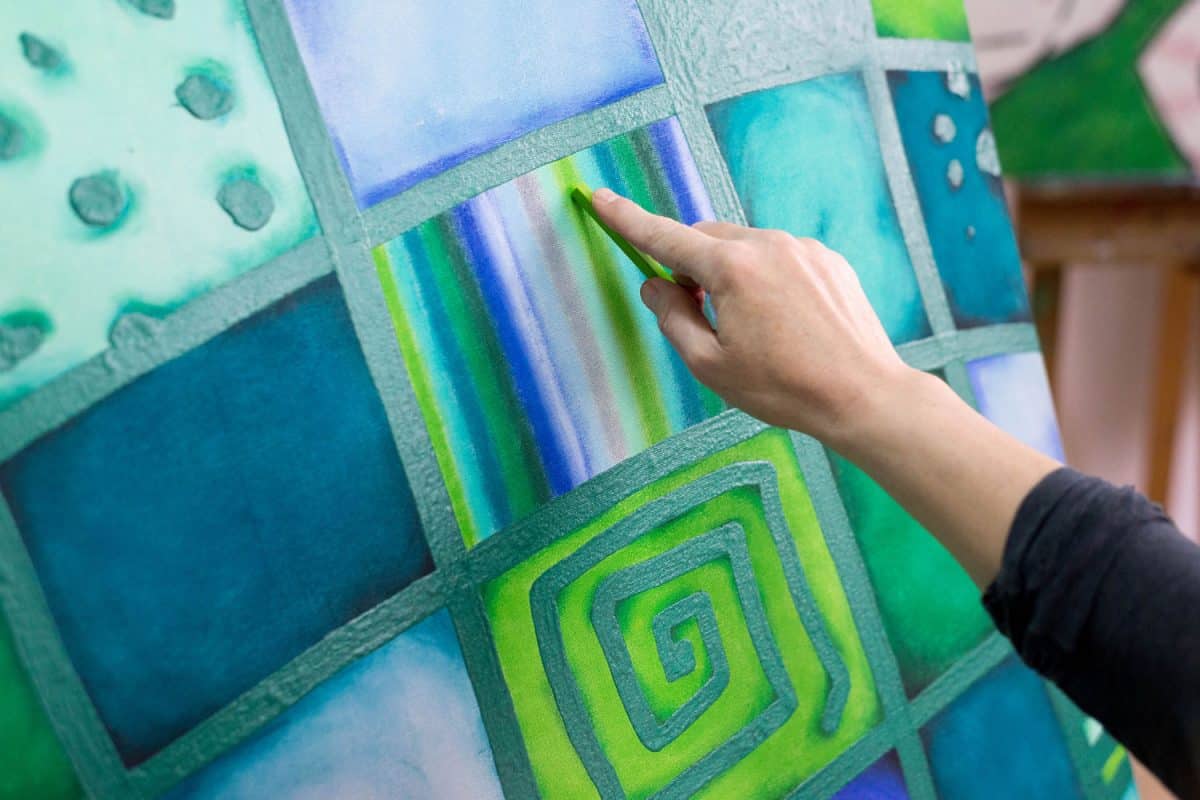
Sealing chalk paint is important to keep the painted surface in its best condition. One of the best protectors you can use for chalk paint is a wax sealant.
Because of its material, it is also important to seal your painted surfaces every couple of years to preserve the quality of your paint. This can be a little bit of a hassle but is important in keeping your cabinets or furniture well-maintained.
In Conclusion
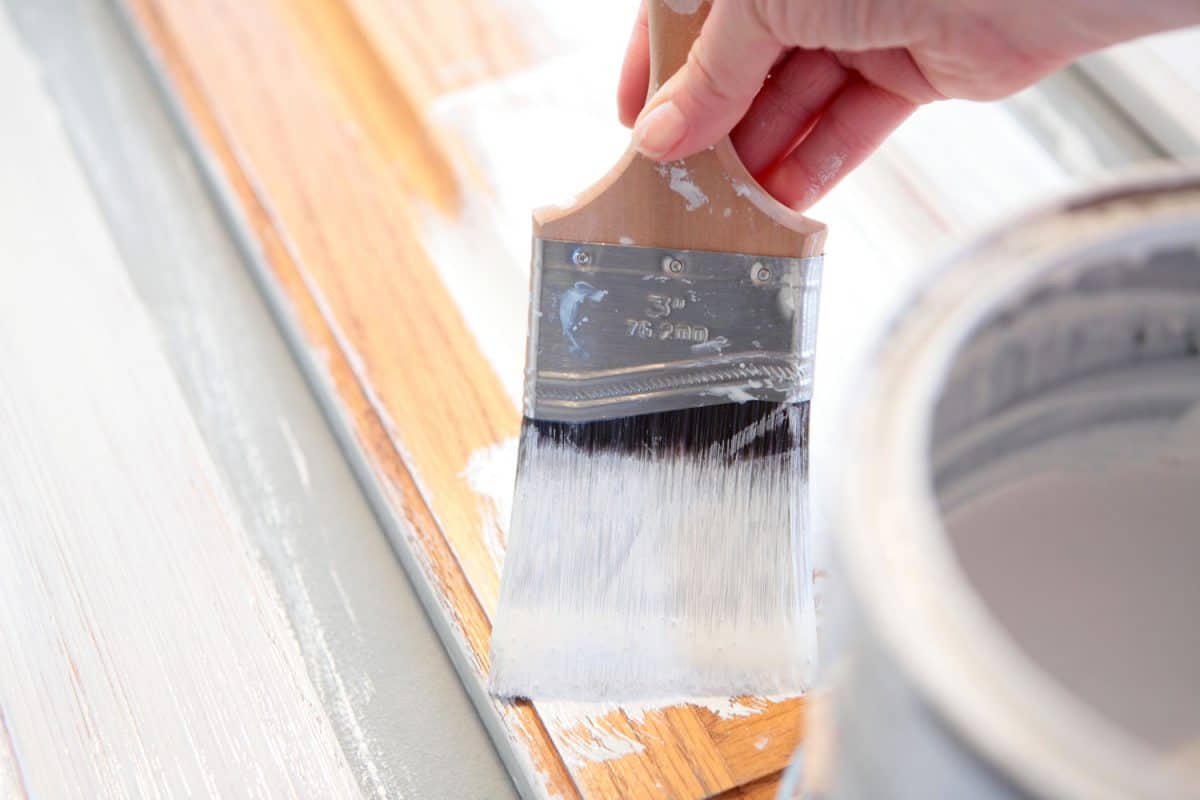
Chalk paint is a great choice to use on kitchen cabinets. In order to keep your freshly painted cabinets looking brand new, it is highly suggested to add a layer of wax sealant to your chalk-painted surfaces. This will ensure that the paint will not chip off or scratch, and it will also give your chalk paint a nice finish.
Are you looking for more information about using paints? We have a few articles that might be of interest to you!
Can You Use Chalk Paint On Walls
Can You Use Acrylic Paint On Walls [Indoor And Outdoor Applications]


